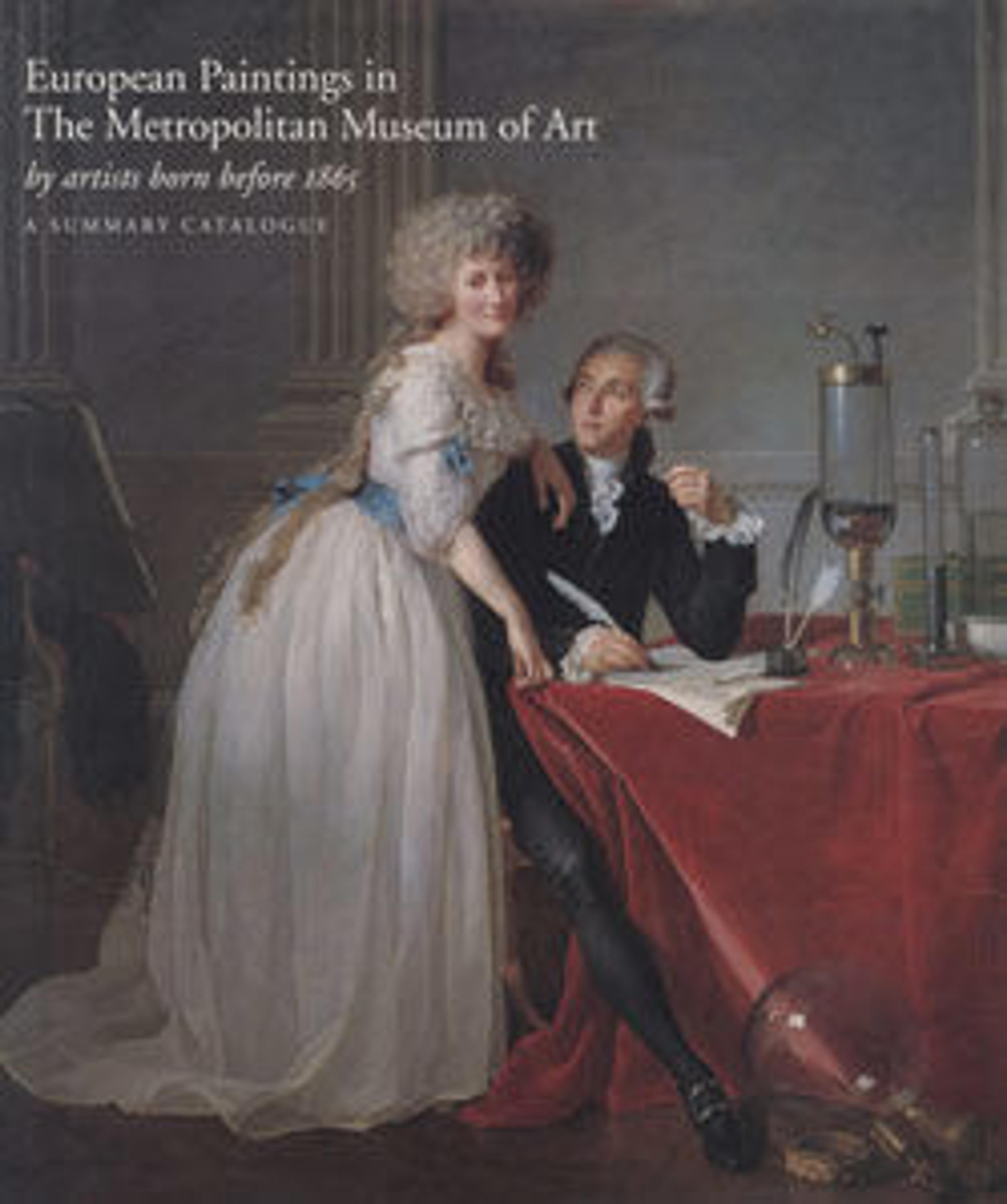Two Angels
These angels were once part of the fresco decoration of a chapel in the Torre della Gabbia in Mantua, probably executed about 1328 when Luigi Gonzaga became lord of the city. Detached from their original context in 1870, they had flanked a frescoed composition that included at its center a Madonna and Child with Saints Lawrence and Catherine of Alexandria. The matte surface is typical of fresco, in which the pigments sink into the support; the powerful, broadly conceived forms would have read clearly from below.
Artwork Details
- Title: Two Angels
- Artist: North Italian Painter (Verona?) (ca. 1330)
- Date: ca. 1330
- Medium: Fresco
- Dimensions: (a) 23 3/8 x 31 1/2 in. (59.4 x 80 cm); (b) 23 1/2 x 31 1/2 in. (59.7 x 80 cm)
- Classification: Paintings
- Credit Line: Bequest of Edward Fowles, 1971
- Object Number: 1971.115.1ab
- Curatorial Department: European Paintings
More Artwork
Research Resources
The Met provides unparalleled resources for research and welcomes an international community of students and scholars. The Met's Open Access API is where creators and researchers can connect to the The Met collection. Open Access data and public domain images are available for unrestricted commercial and noncommercial use without permission or fee.
To request images under copyright and other restrictions, please use this Image Request form.
Feedback
We continue to research and examine historical and cultural context for objects in The Met collection. If you have comments or questions about this object record, please contact us using the form below. The Museum looks forward to receiving your comments.
